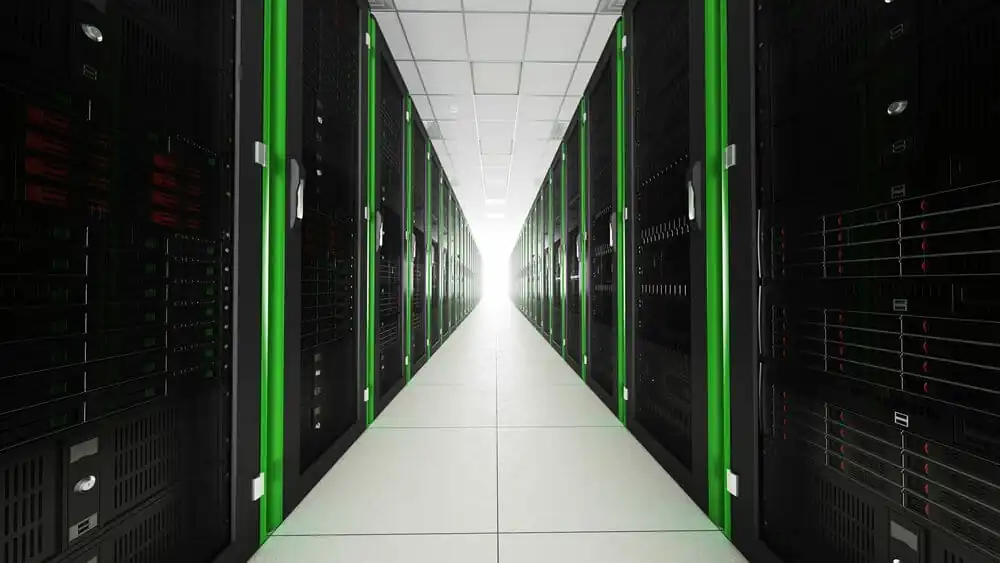Designing a Data Center for a Greener Tomorrow10 min read

The data center is changing – there’s really no arguing that point. We have new methods of cooling, optimizing the data center and even the utilization of green energy through next-generation geothermal technologies. The insides of the data center and what goes into the rack has been changing as well. New platforms around consolidation, server technology and cloud computing are all impacting how we process and utilize resources.
Today – one of the fastest growing data center markets is the one revolving around green technologies. Rising fuel and cooling costs have forced many leading data center providers to switch to more efficient, green technologies. According to a recent Pike Research report, power and cooling infrastructure solutions will be the largest portion of the green data center market opportunity, representing 46% of revenue over the next five years. This means that data centers are focusing on green technologies – more specifically, efficiencies built around those green technologies.
- Look for the EPA ENERGY STAR Certification. Very few data centers currently hold this certification – even fewer in the multi-tenant colocation data center space. This certification means that a colocation provider is actively seeking ways to improve their environment and continue to be efficient. Furthermore, these certified data centers are working with advanced metering technologies to monitor power being utilized by both the customer’s IT equipment as well as facility cooling and electrical equipment.
- Opportunity for Airside Economization. In most regions of the United States, air from the outside (“free air”) can be used during some periods of the day or year when the air is cold enough to maintain optimal data room temperature and humidity. When the data center is using free outside air, the only energy required is for running the fans to draw the air inside the building. Look for a colocation provider that utilizes this environmentally (and PUE) friendly cooling method.
- Cooling and Power Efficiencies. Given the current focus on the environmental effects of data centers in today’s “green” culture, many data centers providers are taking a closer look at ways to improve their cooling and power efficiency. Data centers are replacing constant speed pumps and fans in their cooling plants with variable frequency motors that can more accurately match cooling demand to supply. They’re also investing in smart, automated ways to configure and operate their cooling plants in response to data floor and outside temperatures and humidity.
- Look for Water Conservation Efforts. Using reclaimed water in data center cooling methods is catching on amongst many top colocation providers. There are two drivers for using reclaimed water: first, it is usually cheaper per gallon than traditional potable water (yet it is treated to almost the same quality standard), and second – it reduces the impact that data centers have on the environment. Favor colocation providers that integrate (or have plans to) reclaimed water use into their cooling plants.
- Utility Power. You should be aware of the sources of energy used by the power utility. Are they investing in renewable sources of energy, such as hydro, wind, and solar, and do they have targets in place regarding how much of their energy should come from renewable sources? Is the utility actively working to reduce its carbon footprint? Every power utility is challenged in this area, but a number are making significant progress.
With all of that in mind – It really is time to go green. Why? The modern data center has truly evolved from what we remember it. Now, we have numerous logical components directly interacting with powerful physical resources. We have new types of workloads, delivery methodologies, and new types of users connecting into our environment. Furthermore, the proliferation of cloud computing and IT consumerization have placed new types of demands around the modern infrastructure. With that in mind, every data center is looking to cut power consumption while maintaining the highest level of service. But achieving real energy efficiency is easier said than done. Sprawling and convoluted infrastructures make it hard to discern power usage effectiveness (PUE) and data center infrastructure efficiency (DCIE). Data centers end up “flying blind” when it comes to really understanding and optimizing power consumption.
Let’s pause for a second and take a quick quiz — How many of these functions related to energy management can you currently perform?
- Align power delivered to SLA performance.
- Know which rack has the required amount of power to handle new equipment.
- Identify trapped capacity along the power chain.
- Identify unnecessarily powered idle equipment.
- Have nameplate, derated and actual power consumption documented.
- Receive real-time alerts when capacity thresholds are exceeded.
- Recognize consumption at each point in the power chain.
- Manage power based on current capacity model, actual consumption and projected growth/need.
Here’s the reality: Achieving optimal energy efficiency and green technology capabilities requires detailed understanding about the data center’s power chain. As your data center continues to evolve, there will be even more requirements to monitor and control critical resources. In this case, creating powerful energy efficiencies not only creates cost savings – it also allows your platform to continuously run more optimally. Most of all, these advancements help move your data center much closer to a truly green infrastructure.

Airflow Management Awareness Month
Free Informative webinars every Tuesday in June.
0 Comments